A Guide to the Top Aerial Cameras for Underwater Photographers

The MV Oceania in Papua New Guinea. Original image shot by Steve Jones with a DJI Mavic Air 2 (DJI Mavic Mini pictured top right)
Aerial photography has become an essential part of the travelling photographer’s repertoire. Mark ‘Crowley’ Russell takes a look at some of the best drones for the photographer who wants to shoot both above and below the waves
What better way to contextualise the scuba diving experience than by capturing the vast expanse of turquoise blue tropical waters over the reefs surrounding the island you’ve just dived? Soaring high above while your awestruck dive buddies look over your shoulder as you pilot your craft with expert skill and land it smoothly on the… over the… in the… Oh, bother!
There are many drones on the market today, from cheap toys for kids to professional aircraft used by film crews. If you’re looking to take some quality aerial shots on holiday, however, then you’ll need something lightweight and portable with, of course, a decent camera. You can buy small drones with HD video cameras for as little as £50 but, as DIVE correspondent, expert photographer and drone enthusiast Steve Jones explains, skimping on price may not be the most cost-effective solution.
‘The main thing divers should look for when buying a drone is ease of operation,’ says Steve. ‘Cheaper drones actually rely on a far higher degree of pilot skill to control, whereas higher-end drones have so many flying aids built in that they can almost fly themselves. Given that divers may find themselves taking off from and trying to land on a boat, we should therefore invest in one that is as easy to fly as possible.’
Seasoned photographers may want to base their purchase around the camera quality, rather than the aircraft element, but the tradeoff for a higher-standard camera is a less portable drone requiring its own flight case, which many divers will already have reserved for their underwater cameras. Fortunately, there are some fantastic camera drones available that are well-suited to travelling divers, without having to invest in an aircraft of your own to transport them around the world. Some are even waterproof!
| Important: Different countries have different laws regarding the use of drones, where they can be flown, and whether or not you need training. Some have banned drones entirely, while others require advance registration with the relevant national civil aviation authority. Make sure you know what the current laws are before you travel, otherwise you may be parted from your drone by the nice people at customs. |
DJI Mavic Mini £369

DJI is widely regarded as the industry leader and its Mavic Mini is an ideal entry-level camera drone that will still appeal to more experienced photographers. Weighing in at just 249g and with folded dimensions of 140x82x57mm, the Mini is only marginally heavier than the average smartphone and not a great deal larger. As an added bonus, it comes in under the 250g registration threshold in the UK and US, meaning you can fly it straight out of the box. The 1/2.3-inch sensor of the 12MP camera only shoots in JPG and the maximum video resolution of 30fps at 2.7K falls short of more expensive models. A 30-minute flighttime ranks highly and a range of 4km is possible but, given its size, not recommended. The Mini has some excellent quick-shot shooting modes but is lacking in collision avoidance sensors and some of the better flight-tracking features. The Mavic Mini is a lot of drone for a modest price tag, and an extra £90 will get you a ‘Fly More’ bundle with extra batteries, spare parts, a prop guard and a carry case.
Pros: Ultra lightweight, great price
Cons: Limited flight features, no 4K video
www.dji.com
www.heliguy.com (UK & USA)
Parrot ANAFI £629.99

The ANAFI 4K drone weighs just 320g and unfolds in a matter of seconds, but still has a 25-minute flight time with a top speed of 33mph. The camera has a 1/2.4-inch sensor with f/2.4 aperture mounted on a gimbal with a 180-degree vertical tilt, allowing for different possibilities with shooting perspectives. Video resolution is up to 30fps in 4K and 60fps in FHD with ‘lossless’ digital zoom (no reduction in image quality) of up to 2.8x in HD and 1.4x in 4K. The ANAFI flight controller comes with a number of sophisticated pre-programmed aerial effects and an open-source SDK for developers to create their own – but it lacks collision avoidance sensors, meaning there’s a good chance it might fly into something if you’re not paying attention. A First-Person Viewer upgrade kit with cockpit goggles comes in at a bargain £100 over the price of the drone itself, and the drone is also available in ‘Work’ and ‘Extended’ packages with extra batteries and other accessories. A thermal imaging version of the ANAFI is available, priced at £2,040.
Pros: Compact, lightweight, 180-degree gimbal
Cons: No collision avoidance
DJI Mavic Air 2 £769

Released in April 2020, the Mavic Air 2 sacrifices a little of DJI’s 2018 flagship Mavic 2 Pro’s photographic capability for a 40 per cent weight saving, smaller dimensions, and superb video. The camera’s 1/2-inch sensor is limited to a fixed f/2.8 aperture and is less suited to lower light levels than the Mavic 2 Pro, but with a maximum 48MP resolution and a range of HDR features, is nevertheless capable of very high-quality imaging. The Air 2 can shoot video at 4K/60fps and in slow motion up to 240fps in 1080HD, plus an 8K ‘Hyperlapse’ flight mode for dramatic high-resolution, slow-panning timelapse footage. A maximum flight time of 34 minutes – the longest of all the Mavic family of drones – provides plenty of opportunity to capture the action. Upgraded tracking features provide a smooth and reliable experience when following subjects and avoiding obstacles, and at 570g and a 180x97x84mm folded size, the Air 2 is coat-pocket-portable if you’ve run out of luggage space. £180 gets you the Fly More combo with extra batteries, flight controller, spare propeller blades and other accessories.
Pros: Portability, battery life, flight and imaging features
Cons: Controller’s a bit bulky
www.dji.com
www.heliguy.com (UK & USA)
SwellPro Spry+ £934

The SwellPro Spry+ is one of the only completely waterproof aerial camera drones available on the market, designed to survive a 1m-deep dunking before returning to the surface, thanks to its positive buoyancy. The 12MP JPG-only camera has a 1/2.3-inch sensor and shoots video from 720p/240fps to 4K/30fps, with several automated flight modes available for dramatic photography. The ‘return to me’ feature returns the drone to the position of its flight controller instead of a pre-programmed location, a useful feature on a moving boat. Flight time is 15-17 minutes, with a range of 800m which is not as much as other leading drones and it does not fold into a more compact shape for transport. Dimensions of 233.5x249x90mm mean it will take up a bit of extra space compared to others, but at 780g with the battery fitted, not so much in the way of weight, and a lightweight carry-case is included in the price. This is a drone that you don’t have to worry about drowning, and perfect for those who enjoy surfing, water-skiing, white-water rafting and haring around on jet skis, knowing their personal automated videographer won’t mind getting splashed.
Pros: It’s waterproof!
Cons: Reduced flight time, less compact
PowerVision PowerEgg X Wizard £1,099

A good combination of versatility, portability and water resistance, the PowerEgg X doubles as a hand-held AI camcorder to which propellers can be affixed to turn it into a drone. A water-resistant coating makes it capable of flying through heavy rain straight from the box, with the Wizard package adding seaplane-style floats for water landings and a waterproof housing to protect the camera from surface splashing – but the overall package is not watertight and will come out worse for wear if dunked. The 12MP camera has a 1/2.8-inch sensor with a wide f/1.8 aperture, making it okay for photography and it does shoot in both JPG and RAW. The PowerEgg shoots video up to 240fps in HD and 60fps at 4K and pretty much every possible frame rate in between, coupled with a host of automated cinematic tracking manoeuvres. The camera’s artificial intelligence can track the operator with facial recognition technology and can learn different gestures to control different functions. The Egg weighs in at 522g in camera mode and 862g in drone mode (without the waterproof floats and housing). A length of 165mm and diameter of 100mm means it is eminently portable.
Pros: Water resistance and landings, superstar video capability
Cons: Fairly ordinary still photography
DJI Mavic 2 Pro £1,349

DJI’s game-changing 2018 flagship Mavic 2 Pro carries a Hasselblad camera with a 1-inch sensor, adjustable f/2.8-f/11 aperture, ISO range of up to 12,800, access to a 10-bit Dlog-M colour profile and 10-bit HDR video. In short, it is a high-quality compact camera that flies, and significantly better for imaging in low-light conditions than any of its competitors. Its video capabilities fall a little short of the new Mavic Air 2, with HD possible up to 120fps and 4K at 30fps, but the lack of a 60fps option at 4K is offset somewhat by the suite of intelligent flight modes, including four hyperlapse (panning timelapse) modes, all enhanced by omnidirectional obstacle avoidance sensors. At 907g it’s heavier than the Air 2 but with a folded size of 214x91x84mm, still light enough and small enough not to take up too much room in your luggage. A maximum flight time of 31 minutes affords plenty of time to take advantage of its 18km range, with speeds of up to 72km/h (45mph) possible in sport mode. A wide range of accessories is available with the Fly More combo priced at £339. This is a drone for serious photographers, not people who just want to take nice pictures.
Pros: Still photograph capability
Cons: Lacks 4K/60fps
www.dji.com
www.heliguy.com (UK & USA)



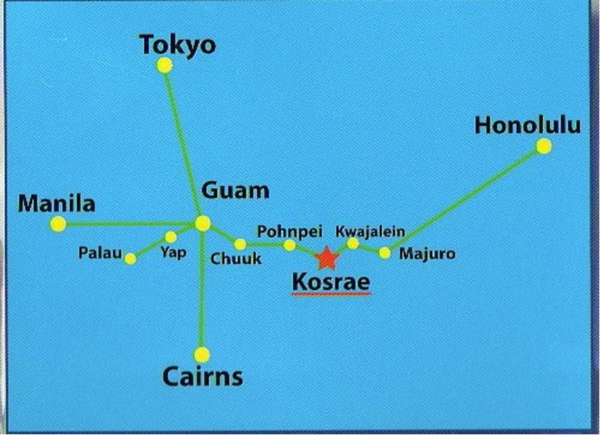
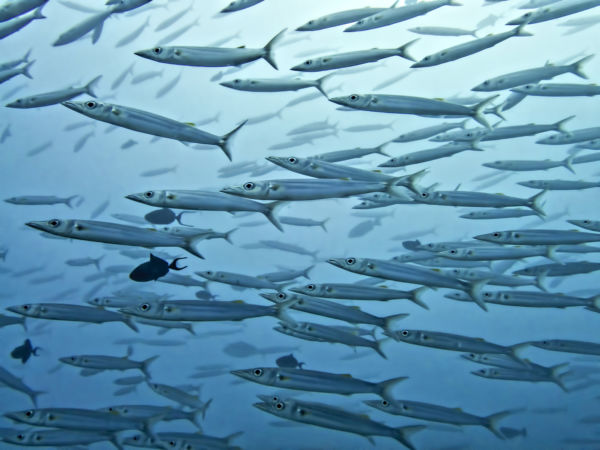
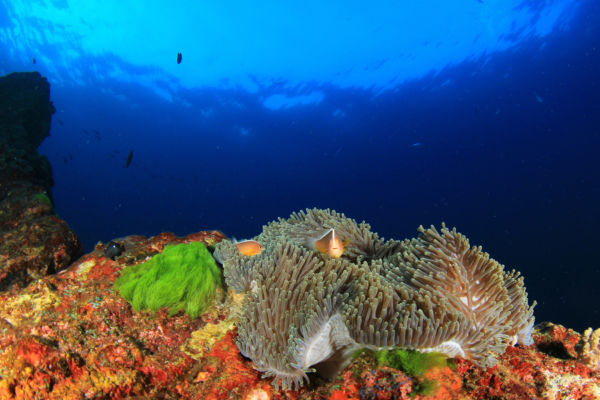
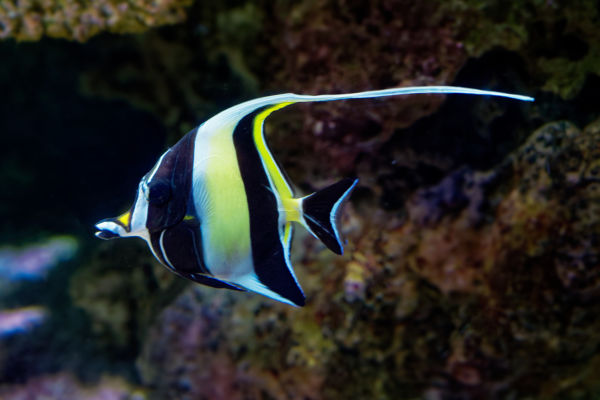
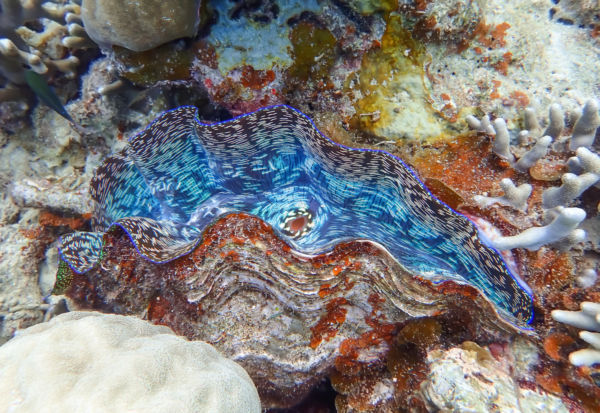

 Private Scuba Tuition – Learn Scuba Skills.
Private Scuba Tuition – Learn Scuba Skills.